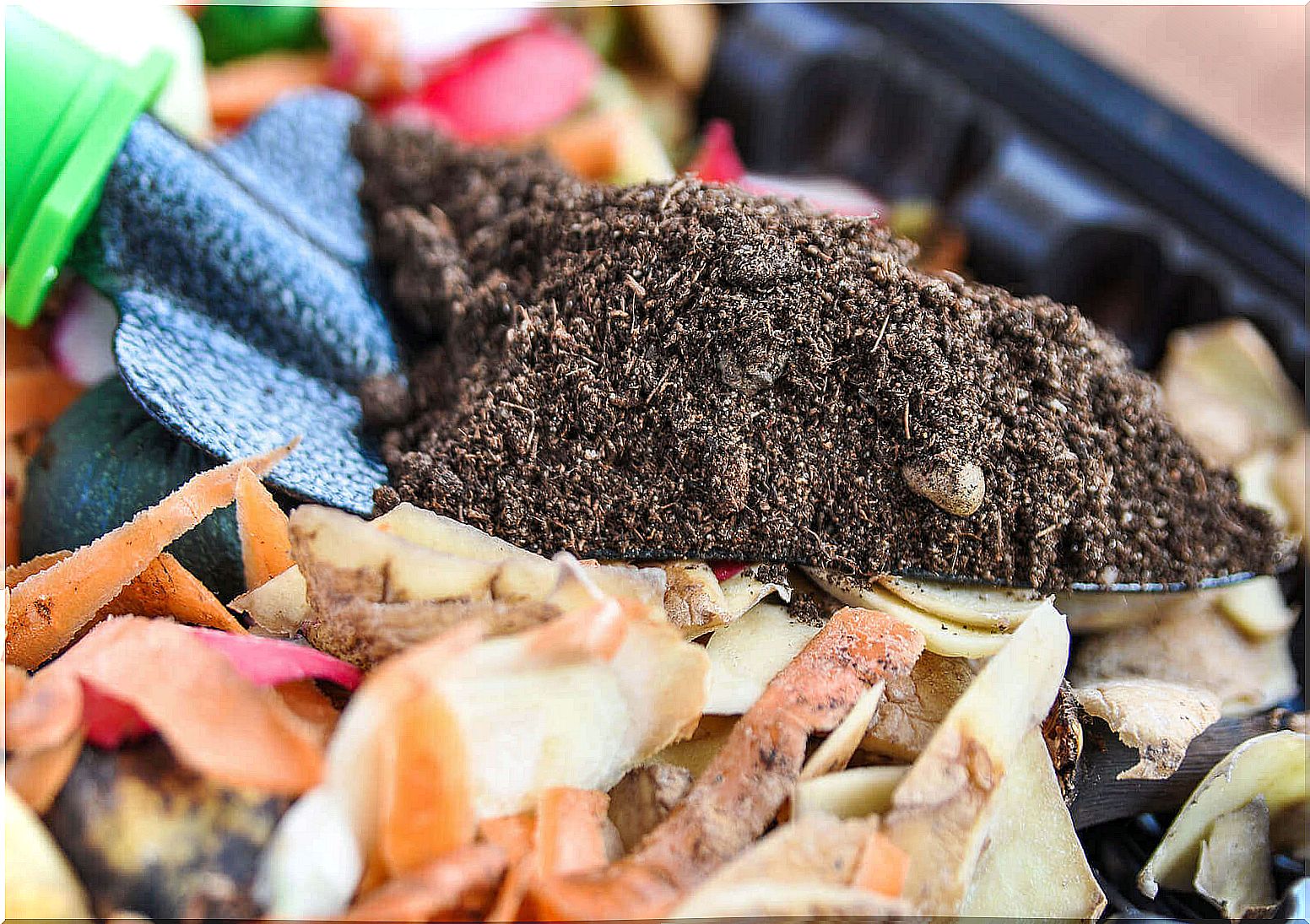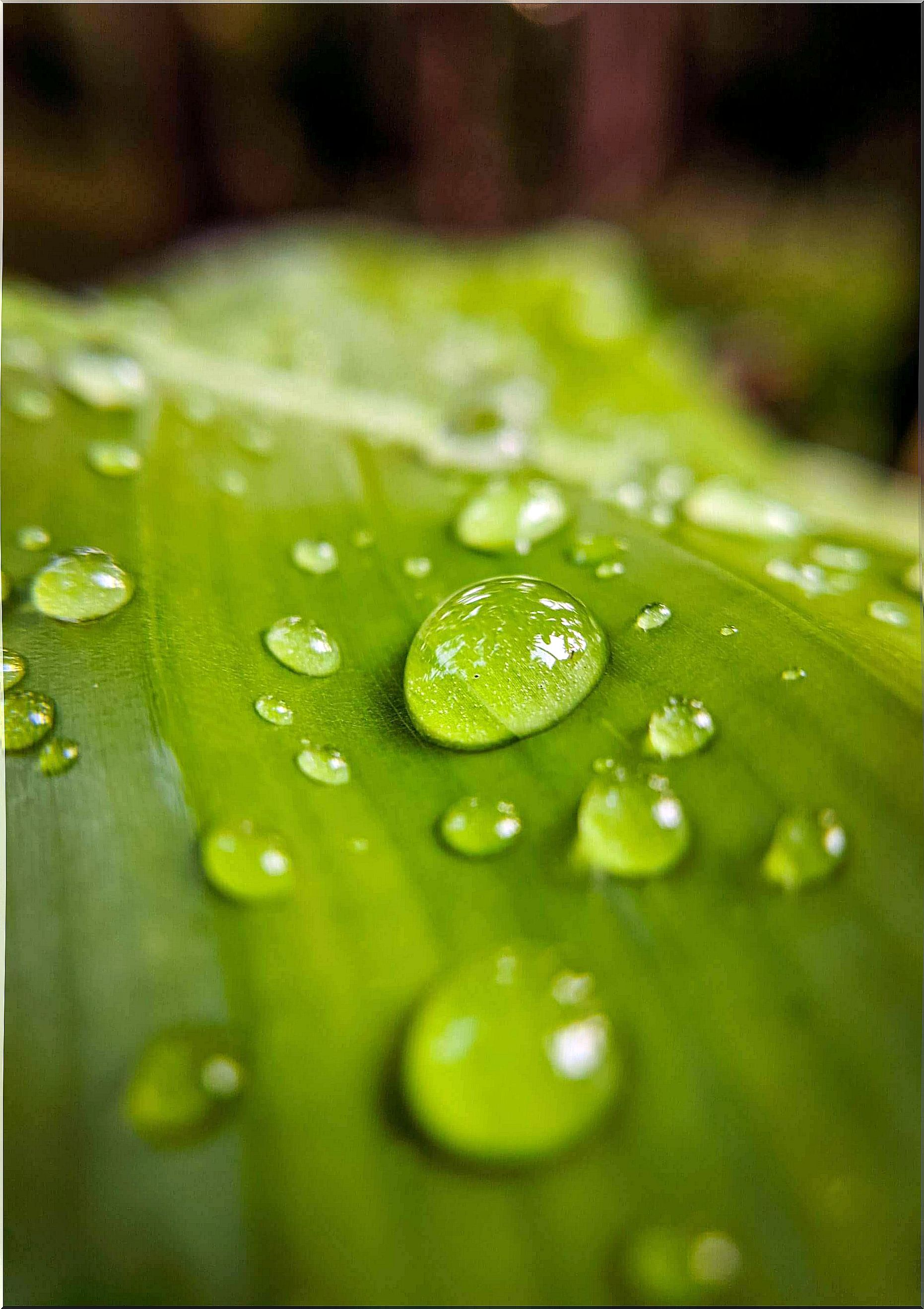6 Tips For Creating An Environmentally Friendly Garden

One of the most important features of an environmentally friendly garden is the responsible and efficient use of natural resources. Such a garden respects the diversity of each plant species as well as their natural cycle in each area. In other words, the garden is an ecological and environmentally friendly space as it is the result of healthy farming practices.
Traditional gardening can have negative effects on the environment. The reasons for this are clear: excessive use of water and the use of pesticides and potentially harmful plant species. An environmentally friendly garden is a great way to help nature.
What are the benefits of an environmentally friendly garden?
A sustainable garden helps to reduce and optimize water consumption when using rainwater to irrigate plants.
In addition, it helps reduce energy consumption. This is because the garden can be managed manually and more organic fertilizers can be used as an aid. Composting can utilize the home’s own waste, which makes it possible to recycle and recover it.
Another benefit is that you can grow your own food and natural medicine in your own backyard. Keeping an environmentally friendly garden includes growing your own vegetables, fruits and spices. In addition, you can grow medicinal plants such as aloe vera, lavender or oregano in the garden.
Tips for creating an environmentally friendly garden
How can you create a sustainable garden?
It’s a lot easier than you might think. All you have to do is start working and spend the day in your backyard.

1. Design your garden
Before you put your garden glove in your hand, you should consider the different plants and their properties. Plants that thrive in the shade should be placed under large trees or canopies. Plants that like the sun should be allowed to be in the sun and plants that need a lot of water should be placed in moist areas.
In addition, it is important to study information about each plant so that you can place them in the right places.
2. Make your own compost
Compost produces an organic fertilizer that is the result of the decomposition process of organic material (animal and plant waste). Composting is thus a process of decaying organic matter that contains microorganisms capable of producing nutrient-rich materials for the soil.
Compost can be made from animal manure, food waste, household waste, cereals (rice), soil and water. Making compost is easy: shovel a layer of each element on top of each other. Then cover with plastic to keep the compost moist and stir it daily to allow oxygen to circulate.
3. Use the seeds again
You can reuse the vegetable seeds you buy from the Market instead of throwing them away. Once you have collected the vegetables, you can use their seeds again.
Store the seeds in a cool, dry place and label them. That way you always have peppers, chili, peas, tomatoes and legumes.
4. Grow only local plants
If you grow foreign plants in your garden, they may not be compatible with the varieties already growing in the garden. Such plants spread easily as they adapt to any environment and begin to multiply and spread uncontrollably.
Such varieties have a significant impact on the environment, as they can destroy native plant species as well as force them to relocate, which can lead to reduced biodiversity.
5. Say goodbye to herbicides and chemicals
Herbicides are substances or mixtures used to control unwanted plants. Because they contain chemicals, they can be harmful to the environment. Instead of using these, it would be a good idea to weed out the weeds manually.
You can make a garlic spray against pests. To do this, you need garlic, cloves and two glasses of water. Mix all the ingredients together, let the mixture stand for a day and then add three liters of water. Fill the spray bottle with this natural insecticide and it is ready to use!
6. Collect rainwater
Rainwater should be collected in barrels. Place the barrels under the gutters. Store rainwater in an airtight container and, if possible, boil the water to prevent the decomposition process from taking place. Then store the water in 20 liter water tanks.

Thanks to the environmentally friendly garden, you save time and money
When you get to collect all the vegetables from your own backyard, you save a lot of money as well as the time that would otherwise be spent touring the Market. You should also take advantage of the opportunity to grow your own medicinal plants.
In order to prevent soil damage, it is advisable to use a natural cover of sand, dry leaves and wood chips. This minimizes soil loss and helps regulate temperature. Apply a 5-15 cm layer of organic material.
In order to make your garden more environmentally friendly, you should first find out very well and then start working!
Together, we can all protect our environment.









